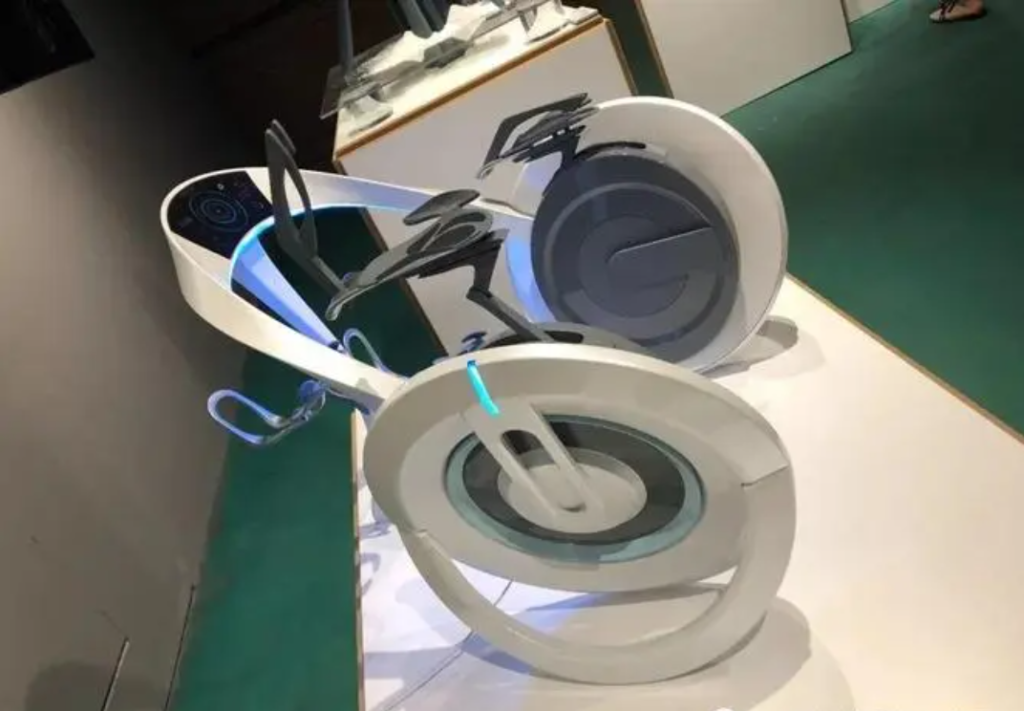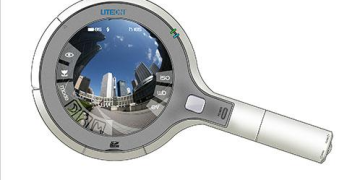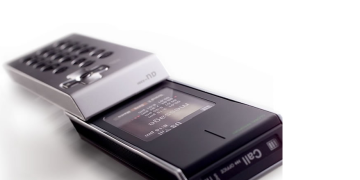Introduction
Motion graphics play a pivotal role in modern digital design, offering dynamic solutions to enhance user interfaces and elevate user experience. From subtle animations to immersive transitions, motion graphics breathe life into digital interfaces, engaging users and guiding them through interactive experiences.
Evolution of Motion Graphics
The evolution of motion graphics traces back to the early days of digital design, where static interfaces dominated the digital landscape. Over time, advancements in technology and design tools have enabled designers to incorporate motion into interfaces, transforming static elements into dynamic experiences. From simple hover effects to complex animated interactions, motion graphics have become an integral part of modern interface design.
Understanding Motion Graphics
At its core, motion graphics involve the application of animation principles to digital interfaces. By utilizing techniques such as timing, spacing, and easing, designers create animations that not only capture attention but also convey meaning and context. Effective motion graphics seamlessly integrate with user interactions, providing visual feedback and enhancing usability.
Applications of Motion Graphics
Motion graphics serve various purposes in digital design, from enhancing user engagement to communicating information and feedback. Animated transitions can guide users through complex workflows, while micro-interactions provide instant feedback and delight. By leveraging motion graphics, designers can create interfaces that are not only visually appealing but also intuitive and user-friendly.
Integration with User Interface Design
The integration of motion graphics with user interface (UI) design requires careful consideration of usability and aesthetic appeal. While motion can enhance visual interest and brand personality, excessive animation can overwhelm users and distract from core functionality. Designers must strike a balance between functionality and visual flair, ensuring that motion enhances rather than detracts from the user experience.
Technological Advances in Motion Graphics
Technological advancements have democratized motion graphics, making it more accessible to designers across disciplines. A plethora of tools and software, ranging from motion design applications to animation and video editing software, empower designers to create compelling motion graphics with ease. Integration with design workflows enables seamless collaboration and iteration, driving innovation in motion design.
Impact on Brand Identity
Motion graphics play a crucial role in shaping brand identity and conveying brand personality. Consistent use of motion across digital platforms helps establish brand recognition and build emotional connections with users. By aligning motion design with brand values and aesthetics, designers can reinforce brand identity and create memorable user experiences.
Accessibility Considerations
While motion graphics can enhance user experience, designers must consider accessibility for users with disabilities. Motion effects should be used judiciously and provide alternative options for users who may experience motion sensitivity or have visual impairments. By prioritizing accessibility, designers can ensure that all users can access and interact with digital interfaces effectively.
Challenges and Limitations
Despite its benefits, motion graphics pose challenges in terms of performance and compatibility. Excessive animation can increase loading times and hinder performance, particularly on low-powered devices. Compatibility issues across devices and platforms may also arise, requiring designers to test and optimize motion effects for a seamless user experience.
Best Practices for Motion Graphics
To leverage motion graphics effectively, designers should adhere to best practices that prioritize clarity and usability. Simplifying animations and transitions helps maintain focus on core functionality, while using motion to guide user attention enhances usability. By following best practices, designers can create motion graphics that enhance user experience without sacrificing performance or accessibility.
Testing and Iteration
Usability testing plays a crucial role in evaluating the effectiveness of motion graphics in digital interfaces. By gathering feedback from users and analyzing user behavior, designers can identify areas for improvement and iterate on motion design decisions. Continuous testing and iteration ensure that motion graphics align with user needs and preferences, driving ongoing improvements in user experience.
Collaboration in Motion Design
Effective motion design often requires collaboration between designers, motion designers, and animators. By working together, design teams can leverage the expertise of motion specialists to create compelling animations and transitions. Collaboration with other design disciplines, such as interaction design and visual design, ensures cohesive integration of motion graphics with overall interface design.
Future Trends in Motion Graphics
Looking ahead, the future of motion graphics is ripe with possibilities. Advances in real-time rendering and interactive motion open new avenues for creating immersive digital experiences. Integration with emerging technologies such as augmented reality (AR) and virtual reality (VR) promises to push the boundaries of motion design, creating entirely new paradigms for interaction and engagement.
Case Studies and Examples
Case studies and examples provide insight into successful implementations of motion graphics in digital design. By analyzing real-world examples, designers can gain inspiration and learn from design decisions that drive user engagement and satisfaction. Case studies showcase the impact of motion graphics on user experience and highlight the value of thoughtful motion design.
Conclusion
In conclusion, motion graphics play a vital role in modern digital design, enriching user interfaces and elevating user experience. From enhancing engagement to conveying brand personality, motion graphics bring interfaces to life and create memorable user experiences. By leveraging motion effectively and prioritizing usability and accessibility, designers can create interfaces that captivate and delight users, driving innovation and advancing the field of digital design.

FAQs After The Conclusion
- What are motion graphics in digital design?Motion graphics in digital design refer to the use of animation principles to create dynamic visual effects and transitions in digital interfaces.
- Why are motion graphics important in digital design?Motion graphics enhance user experience by providing visual feedback, guiding user interactions, and conveying brand personality. They make interfaces more engaging and intuitive for users.
- How can motion graphics be integrated with user interface design?Motion graphics can be integrated with user interface design by incorporating animations and transitions that enhance usability and visual appeal while maintaining focus on core functionality.
- What are some challenges in implementing motion graphics?Challenges in implementing motion graphics include performance considerations, compatibility issues across devices and platforms, and ensuring accessibility for users with disabilities.
- What are best practices for creating effective motion graphics?Best practices for creating effective motion graphics include simplifying animations for clarity, using motion to guide user attention, and prioritizing usability and accessibility.
- How can designers test the effectiveness of motion graphics?Designers can test the effectiveness of motion graphics through usability testing with real users, gathering feedback on animation interactions, and analyzing user behavior to identify areas for improvement.
- What role does collaboration play in motion design?Collaboration between designers, motion designers, and animators is essential for creating compelling motion graphics. By working together, design teams can leverage expertise and create cohesive motion design solutions.
- What are some future trends in motion graphics?Future trends in motion graphics include advances in real-time rendering and interactive motion, integration with emerging technologies such as augmented reality (AR) and virtual reality (VR), and continued innovation in design tools and workflows.















